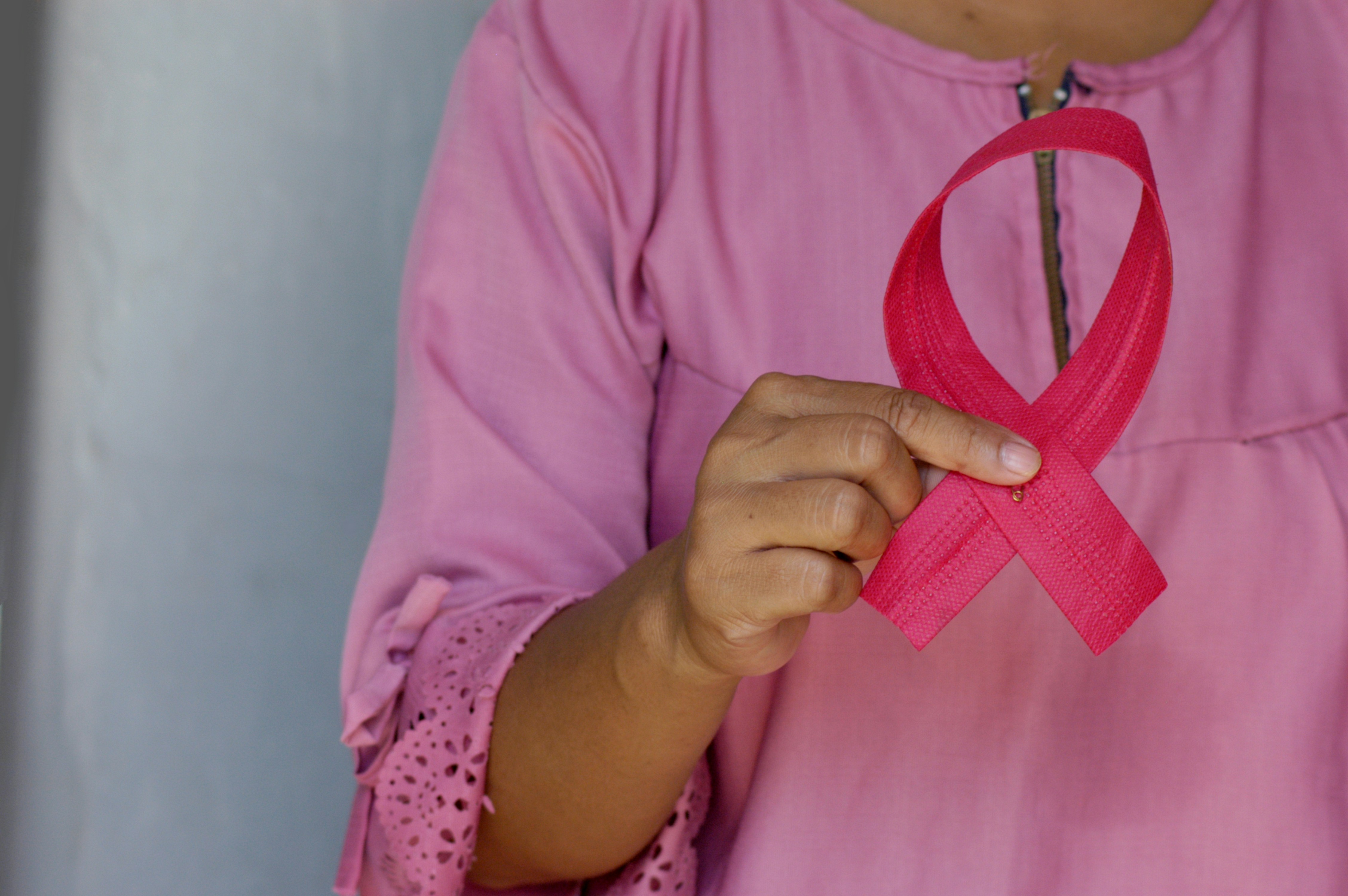Media release
From:
1. Health: Estimates of global breast cancer mortality and incidence
At present, 1 in 20 women globally are diagnosed with breast cancer, and a projected 1 in 70 may are likely to die from the disease in their lifetime, suggests research published in Nature Medicine. The authors argue that urgent action, particularly in countries with lower Human Development Index (HDI) scores — a metric used to measure a country's overall quality of life by considering factors like life expectancy, education levels, and standard of living — as well as sustained investment and improvements in early diagnosis and treatment are needed to reduce growing inequities in breast cancer survival worldwide.
Breast cancer is the most diagnosed cancer and is the leading cause of cancer-related death in women. In 2021, the World Health Organisation (WHO) launched the Global Breast Cancer Initiative (GBCI) to set a goal for countries to achieve an average annual reduction of 2.5% in breast cancer mortality. However, current and projected estimates of the burden of breast cancer at global and regional levels are needed to monitor the success of efforts in breast cancer control.
Miranda Fidler-Benaoudia and colleagues analysed breast cancer incidence and mortality rate data from 185 countries and found that there were 2.3 million new cases of and 670,000 deaths from breast cancer in 2022, globally. However, this was unevenly distributed; in regions with lower HDI scores, people diagnosed with breast cancer disproportionately had the highest mortality rates. For example, the lifetime risk of diagnosis was found to be highest in France (1 in 9) and Northern America (1 in 10), whereas the lifetime risk of dying from breast cancer was highest in Fiji (1 in 24) and Africa (1 in 47).
The authors also investigated mortality rates of breast cancer across 10 years in 46 countries. They found that while mortality rates appear to be decreasing in 30 countries, only 7 countries are meeting the WHO GBCI goal of reducing mortality by 2.5% per year: Malta, Denmark, Belgium, Switzerland, Lithuania, Netherlands, and Slovenia. Given current trends, future breast cancer incidence and mortality are projected to increase by 38% and 68%, respectively, by 2050, disproportionately impacting lower HDI countries. This corresponds to an estimated 3.2 million new cases and 1.1 million deaths in the year 2050.
The authors note that these estimates are limited by the quality and availability of data, particularly for countries with lower HDI scores that may have incomplete population coverage and established cancer registry systems. Future projection estimates were also limited to a subset of countries owing to the different datasets used.
Expert Reaction
These comments have been collated by the Science Media Centre to provide a variety of expert perspectives on this issue. Feel free to use these quotes in your stories. Views expressed are the personal opinions of the experts named. They do not represent the views of the SMC or any other organisation unless specifically stated.
Professor Nehmat Houssami is Professor of Public Health and NBCF Chair in Breast Cancer Prevention at the University of Sydney
By analysing breast cancer incidence and deaths data from 185 countries, the study shows the worldwide substantial burden of breast cancer (most or 2nd most common female cancer and the leading cause of cancer deaths in females in the majority of nations).
However this burden is not spread equally across countries and regions, there are large variations in incidence rates and more concerning are the disparities in breast cancer mortality. Countries that are less affluent and have less developed health systems (measured using the HDI in the study) have much worse breast cancer outcomes (higher mortality) than the more developed/affluent countries. So a woman who develops breast cancer in a low-middle income country has a higher likelihood of dying from her cancer than her counterpart in a high-income country.
These disparities in breast cancer deaths are not new but have become more evident (in the current analysis) and are predicted to further widen in the future (projected to 2050) flagging an urgent need for governments, especially in low-middle income countries, to invest in providing access to breast cancer diagnosis and treatment services.
The study also shows that Australia has achieved sustained reductions in breast cancer death rates over the past decade; however in 2022, Australia (and New Zealand) had the highest incidence rates of breast cancer globally — there are various reasons for this related to the population structure (eg. ageing) and risk factor profile (breast cancer risk factors that women may be less aware of include alcohol consumption, low physical activity, and post-menopausal obesity) so we need to improve support for women to reduce these potentially modifiable risk factors



 Australia; New Zealand; NSW; QLD
Australia; New Zealand; NSW; QLD



